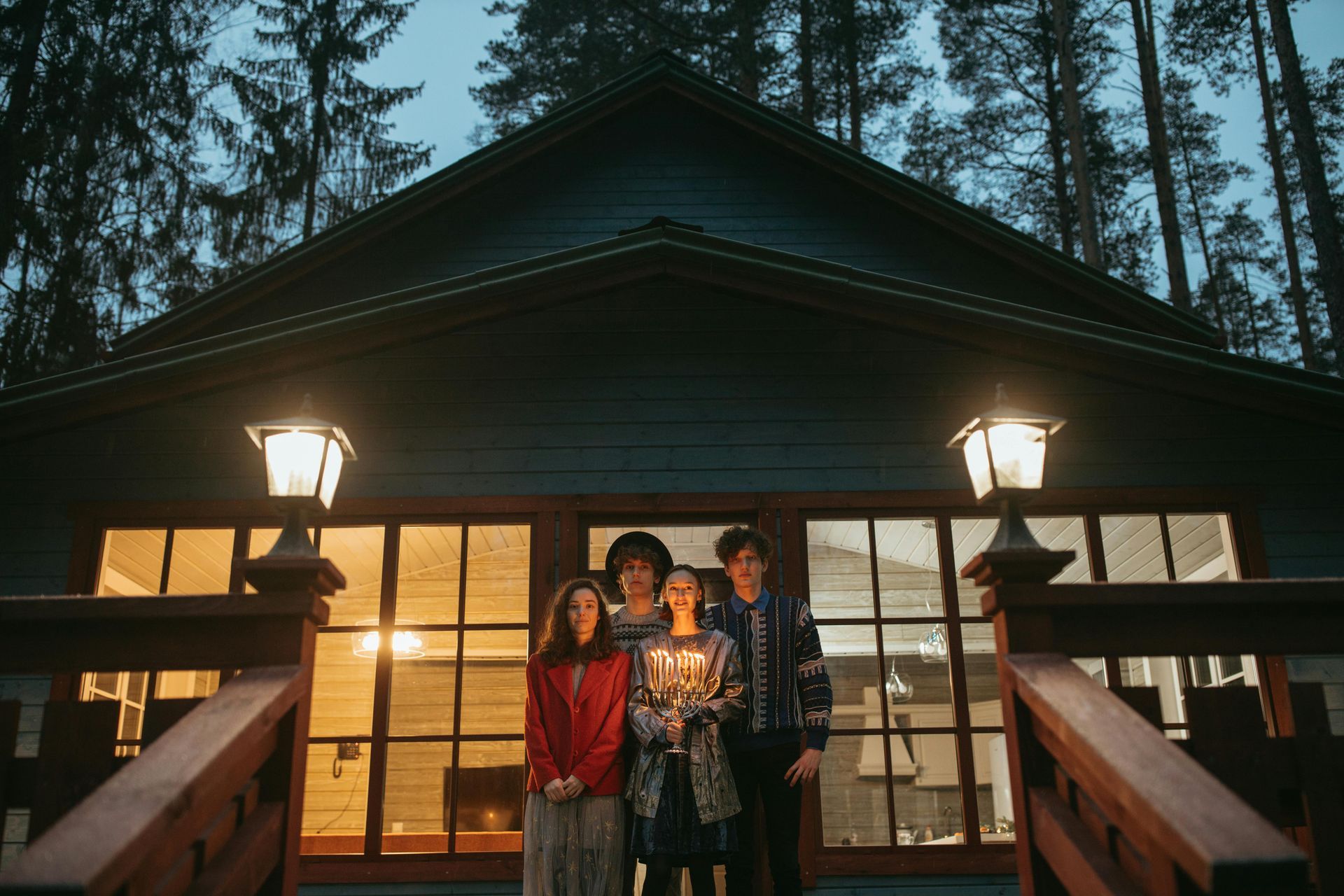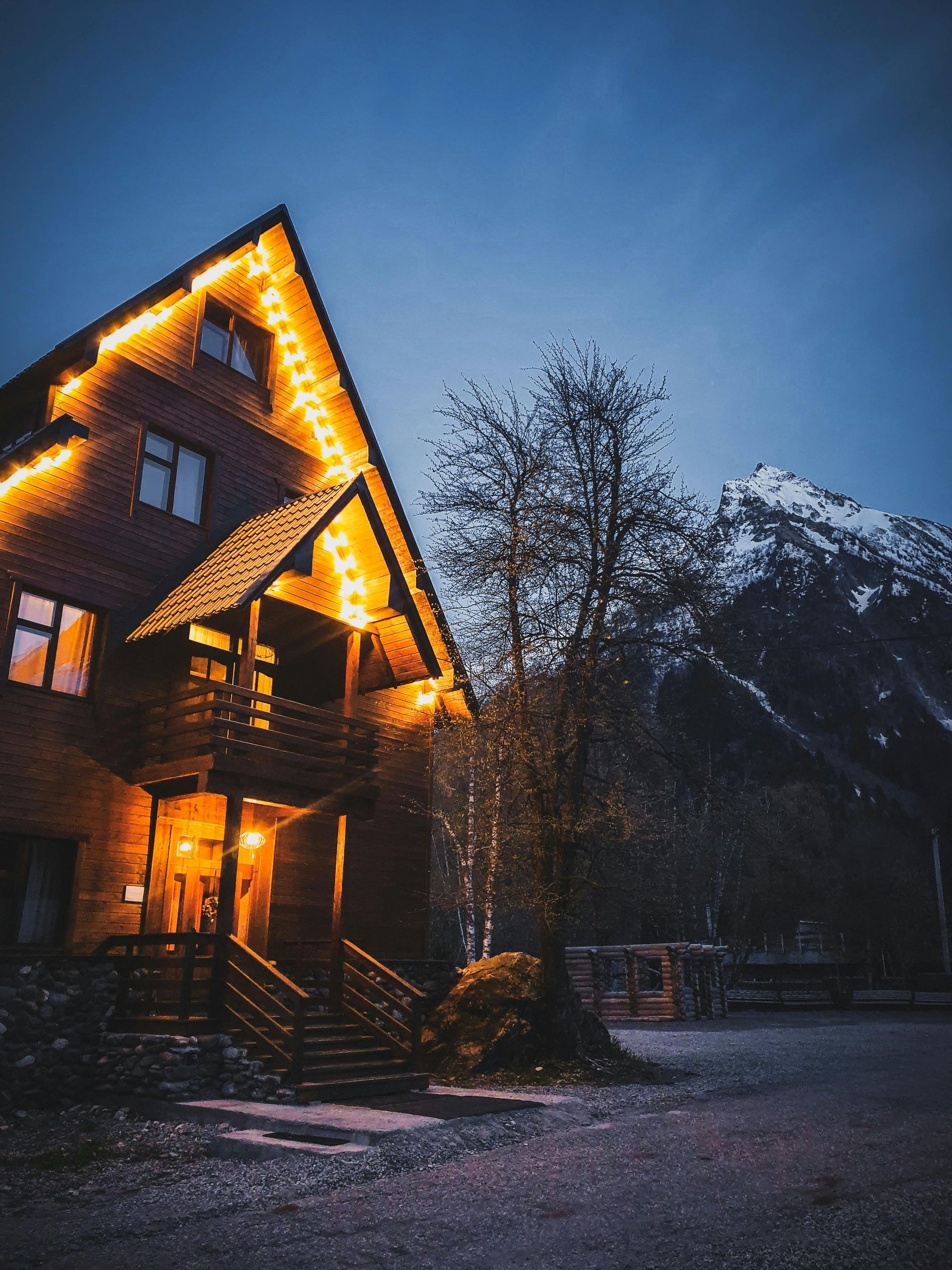Roofing Crossroads: When to Repair and When to Replace
Roofing Crossroads: When to Repair and When to Replace
As a homeowner, one of the most significant decisions you may face is whether to repair or replace your roof. This choice can have substantial financial implications and impact your home's safety and value. Let's dive into the factors you should consider, backed by real statistics and lesser-known information.
Age of Your Roof
The age of your roof is a crucial factor in deciding between repair and replacement. According to the National Association of Home Builders (NAHB), the average lifespan of common roofing materials is:
- Asphalt shingles: 20-30 years
- Wood shingles: 30-50 years
- Metal roofing: 40-80 years
- Slate, copper, and tile: 50+ years
If your roof is nearing the end of its expected lifespan, replacement might be more cost-effective in the long run.
Extent of Damage
The 20% Rule: A lesser-known guideline in the roofing industry suggests that if more than 20% of your roof's surface area is damaged, replacement is often more economical than repair. This rule isn't widely publicized but can be a useful benchmark for homeowners.
Energy Efficiency
Many homeowners overlook the energy-saving potential of a new roof. The U.S. Department of Energy reports that a cool roof can reduce peak cooling demand by 10-15%. If your current roof is old and inefficient, replacement could lead to significant energy savings.
Hidden Costs of Repair
While repairs might seem cheaper initially, they can lead to hidden costs. A study by the University of Connecticut found that homes with unaddressed roof damage lost an average of 7-15% of their value. Repeated repairs can add up, potentially exceeding the cost of replacement over time.
Insurance Considerations
According to the Insurance Information Institute, wind and hail damage accounted for 34.2% of all homeowners insurance claims from 2014 to 2018. Some insurance policies offer better coverage for new roofs, which could influence your decision.
Structural Integrity
The National Roofing Contractors Association (NRCA) warns that visible sagging of the roof deck (as little as 1/4 inch) can indicate serious structural issues. In such cases, repair is often not an option, and full replacement is necessary.
Local Climate and Weather Patterns
Climate plays a significant role in roof longevity. A study published in the Journal of Construction Engineering and Management found that roofs in areas with high UV exposure and frequent temperature fluctuations degraded 20-40% faster than those in more stable climates.
Return on Investment
According to Remodeling Magazine's 2021 Cost vs. Value Report, a new roof increases home resale value by an average of $17,147, with a 60.7% return on investment. This factor is often overlooked when considering repair vs. replacement.
Building Codes
Local building codes can impact your decision. The International Code Council updates building codes every three years, and older roofs may not meet current standards. A full replacement might be necessary to comply with updated regulations.
Environmental Impact
The Environmental Protection Agency (EPA) estimates that 11 million tons of asphalt shingle waste is generated annually in the U.S. Some newer roofing materials are more eco-friendly and recyclable, which could be a factor in your decision if environmental impact is a concern.
Making the Decision
Choosing between roof repair and replacement is complex and depends on various factors. While repair might seem more economical in the short term, replacement could offer better long-term value, improved energy efficiency, and peace of mind.
For homeowners grappling with this decision, professional guidance can be invaluable. Graduate Contracting offers expert assessments to help you make an informed choice. Their experienced team can provide a detailed evaluation of your roof's condition, taking into account all the factors discussed above.
Remember, every roof and situation is unique. What works for one home may not be the best solution for another. By considering these often-overlooked factors and seeking professional advice, you can make the best decision for your home, your budget, and your peace of mind.


